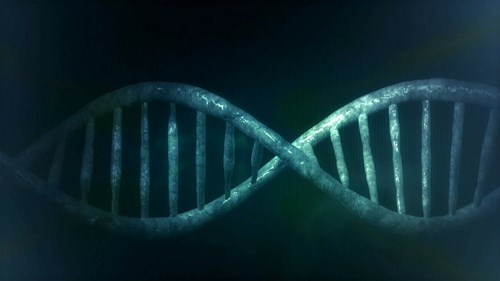Staphylococcal enterotoxins in NCTC strains

Around 20-30% of humans – along with many of our companion and livestock animals - are estimated to be long-term carriers of the Gram-positive bacterium Staphylococcus aureus, which in humans colonises the skin, nostrils and gastrointestinal tract. In addition to this commensal role, S. aureus is an opportunistic pathogen and is implicated in a wide range of health conditions, from food-poisoning to the potential inducement of auto-immunity. It has long been known that the Staphylococcal enterotoxin (SE) gene family is a key virulence factor for this species, with 28 S. aureus family members discovered over the past few decades.
The recent NCTC 3000 genome sequencing project gave us an opportunity to delve into the S. aureus portion of this dataset to see what the SE gene complement looked like, and how it had varied over the time period in which the strains were isolated and accessioned to the NCTC. The NCTC 3000 dataset included 133 S. aureus genome assemblies for strains isolated in or before May 1924 up to the early 2000s. These genomes were found to harbour examples of all but three of the 28 expected SE gene sequences. One gene, sel26, was even seen in all 133 genomes examined. Furthermore, individual strains were shown to carry up to 18 SE genes with NCTC 7972, the most prolific strain, isolated prior to June 1949 from a goat with mastitis.
Two novel SE gene sequences never reported previously were also found, each seen in just two NCTC strains accessioned in the 1940s, one (NCTC 7415) deposited by Sir Alexander Fleming FRS FRSE FRCS. One of these two new SE gene sequences was subsequently found in other publicly available S. aureus genomes, suggesting it may still be circulating in S. aureus strains today. A statistical test also indicated that the Clonal Complex to which a strain belonged was the key factor in determining which SE genes its genome carried and that the year of isolation was largely unimportant. Overall, the study showed that even a modest collection of 133 strains can lead to the discovery of new information on a globally important species and gene family. An article on the S. aureus SE gene study was recently published in the Journal of Bacteriology.
It is hoped that the information gained from the study will encourage others to find out more about the two new SE genes. Do they cause illness in humans or animals? And is the second novel gene sequence still circulating in current S. aureus strains, or has it become extinct? A set of ten S. aureus strains – the NCTC SE reference strain set - has been developed for researchers with an interest in answering these and related questions. Collectively, the ten strains possess gene sequences corresponding to all the SE genes, gene variants and forms of the egc gene cluster found within current NCTC sequenced strains.
Written by Jo Dicks
NCTC Staphylococcal enterotoxin (SE) reference strain set
NCTC 6135 selx sea seb seo-sem-sei-selu-sen sep sek-seq sel26 sel30
NCTC 6136 selx seo-sem-sei-selw-sen-seg sely sel26p sel27-sel28
NCTC 6966 selx sely sel26 sel29p
NCTC 10399 selx sek-seq sel26 selz tsst-1
NCTC 10652 selx sea sed-selj-ser sel26 (NCTC reference strain for sea)
NCTC 10654 selx seb sek-seq sel26 (NCTC reference strain for seb)
NCTC 10655 selx sec-sel seo-sem-sei-selu-sen-seg seh-ses2p sel26 (NCTC reference strain for sec)
NCTC 10656 selx sed-selj-ser seo-sem-sei-selw-sen-seg sel26p (NCTC reference strain for sed)
NCTC 13373 sec-sel seo-selv-sel-sen-seg sel26p tsst-1
NCTC 13435 selx seh-2p sely sel26
